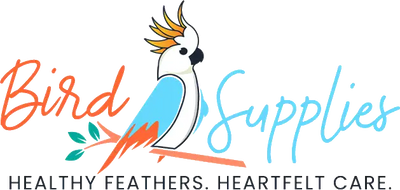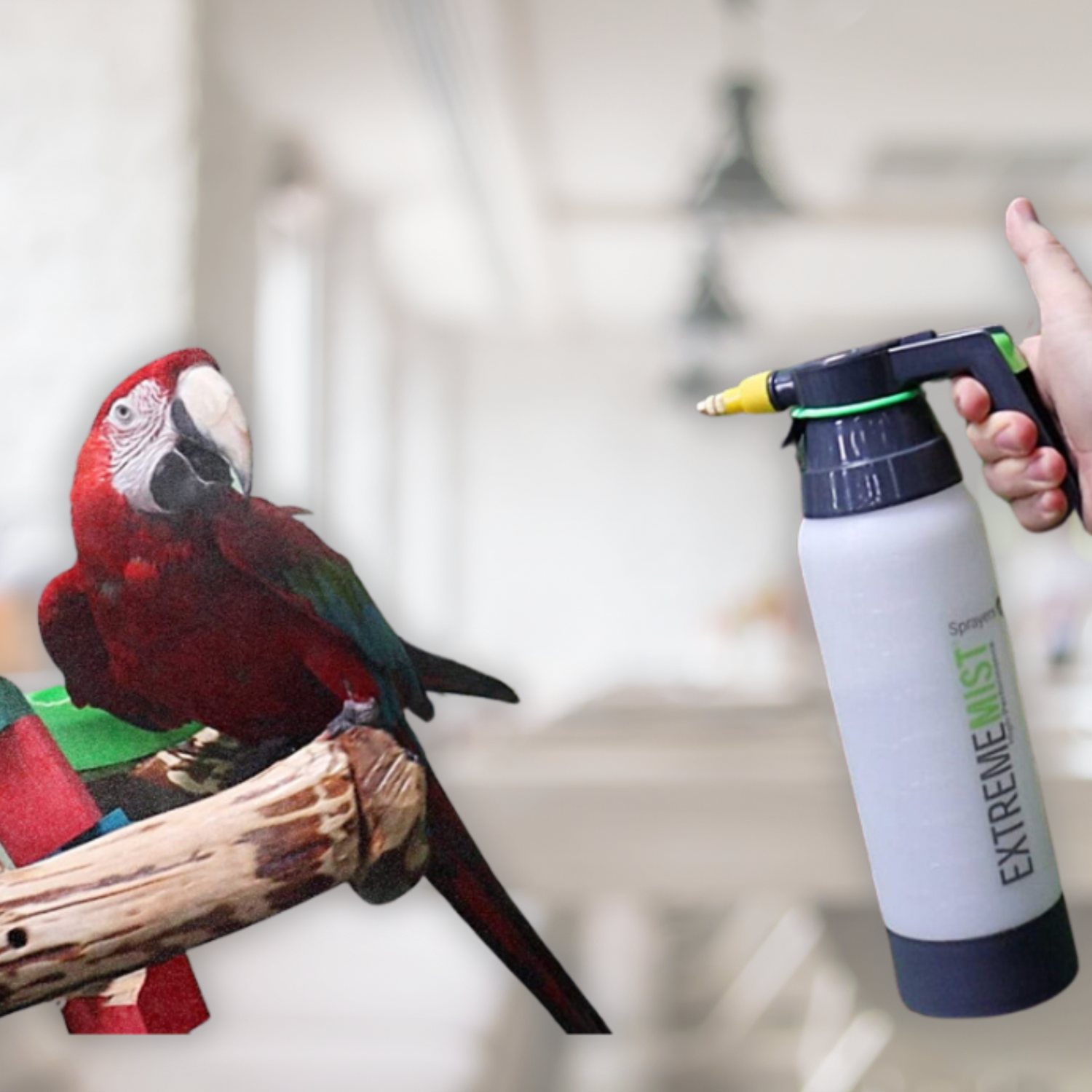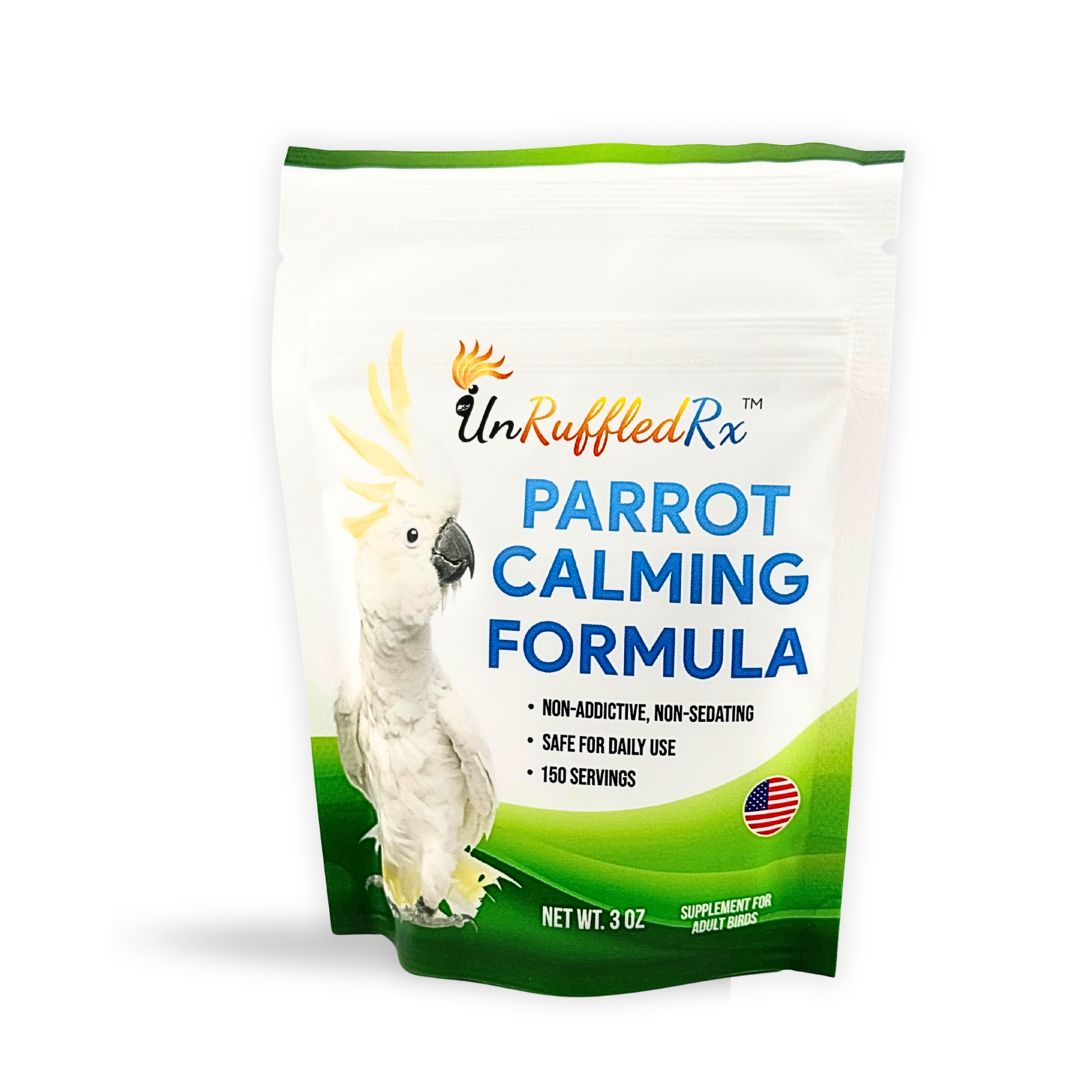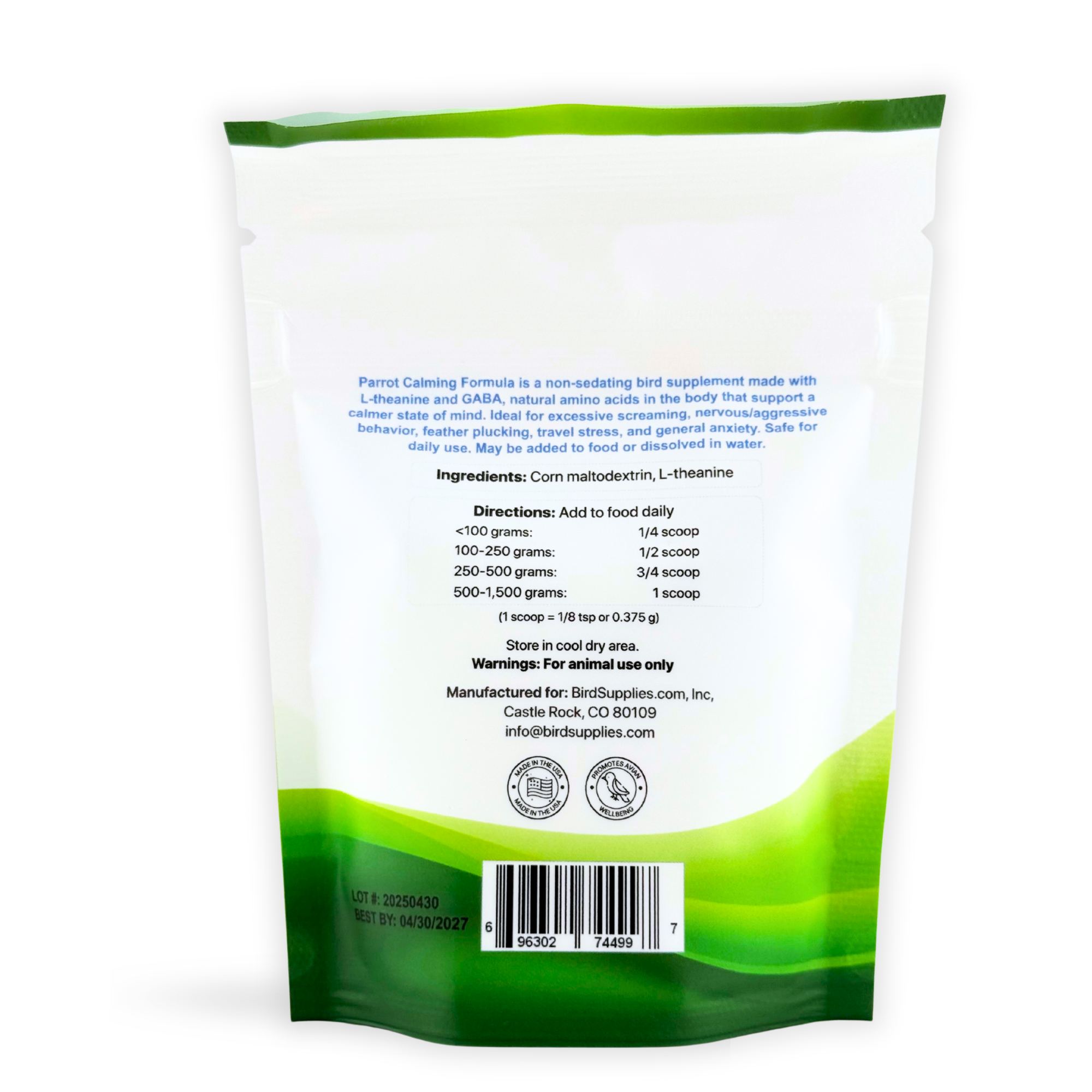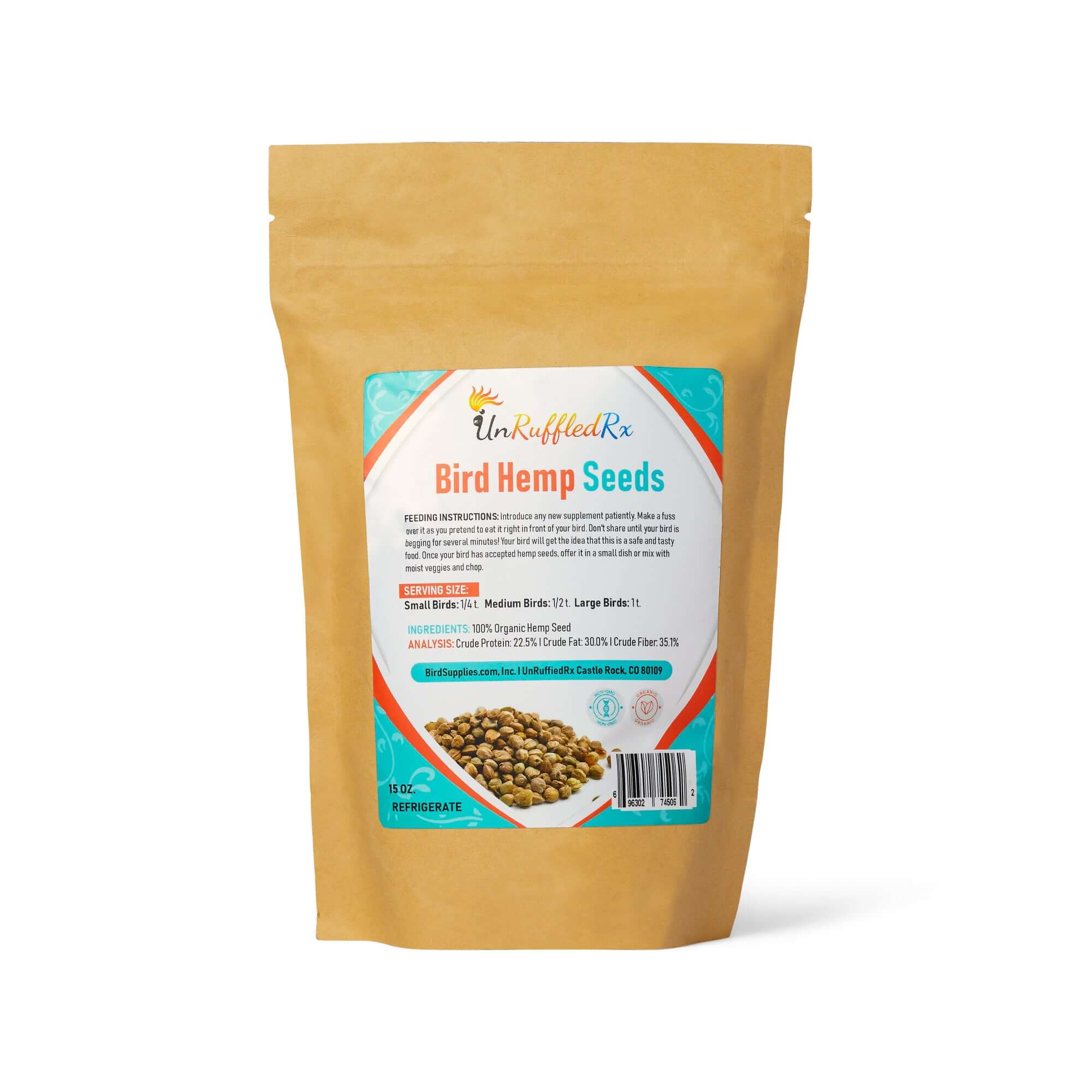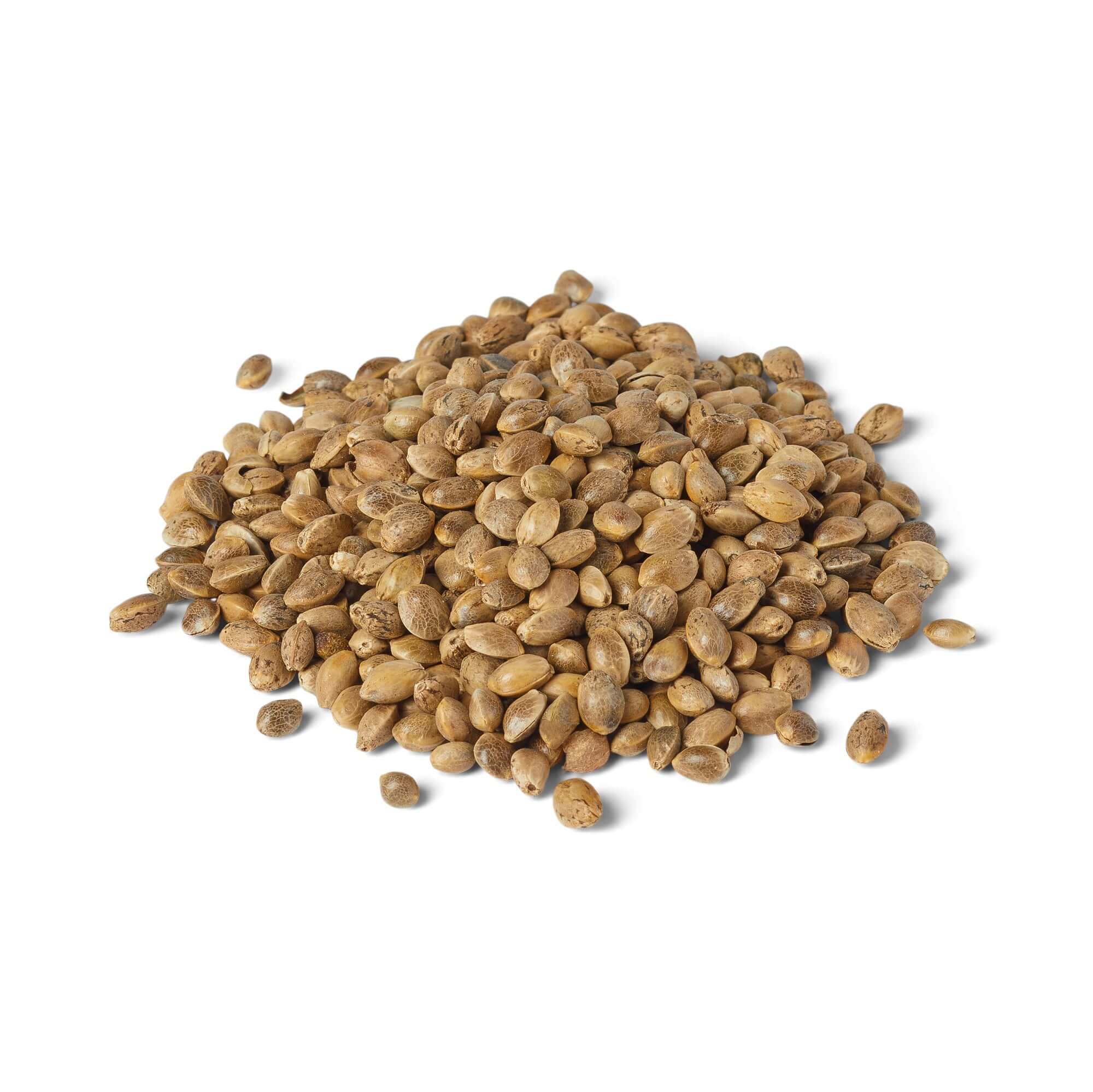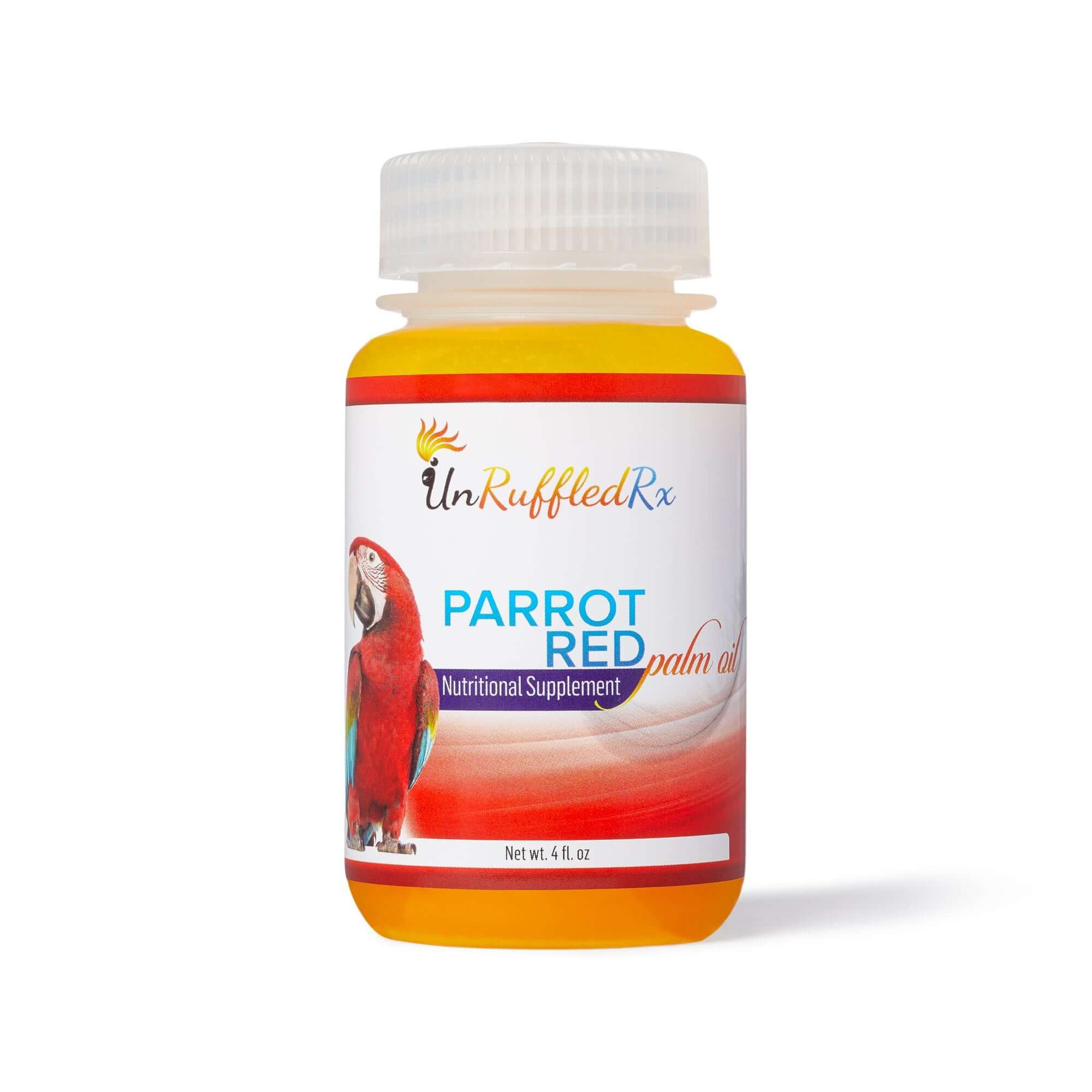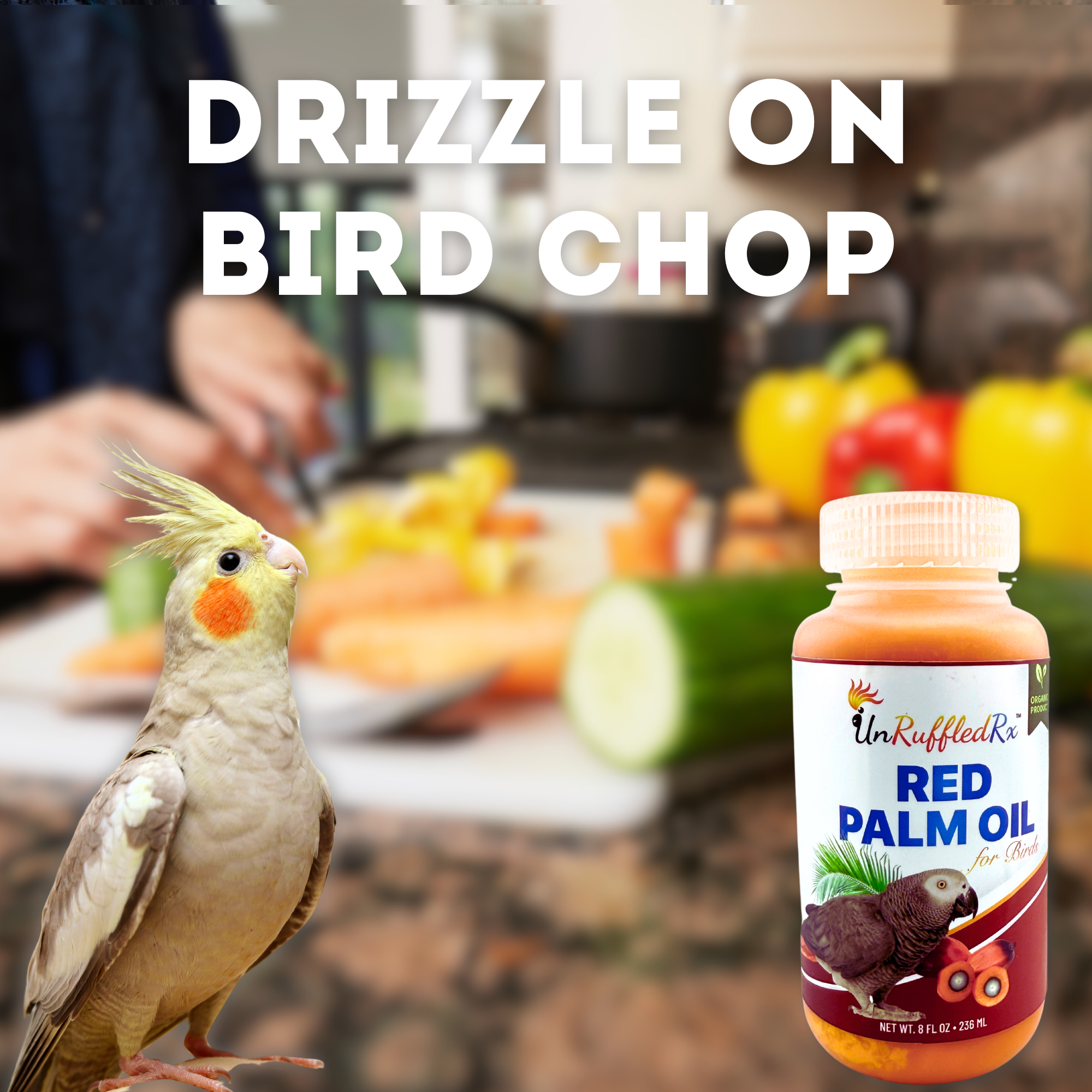Table of Contents
- What is feather plucking in birds?
- What causes plucking in birds?
- How do I stop my bird from plucking his feathers?
- What is environmental wellness?
- How behavior support is part of the solution?
Feather plucking is a common problem many bird owners face. In fact, 10-15% of captive birds pluck their feathers. This can be really upsetting to see and can make you feel helpless. A lot of people don't know what strategies to use to help their birds stop plucking.
But there's hope! Science gives us the best solutions to this problem. In this blog post, we'll share what you can do to help your bird. We'll look at the six dimensions of avian wellness and some proven strategies to reduce feather plucking.
Ready to help your bird feel better and stop plucking? Keep reading to learn how!
What is feather plucking in birds?
Feather plucking is when birds pull out their own feathers, often leaving bare patches on their bodies. This behavior is more than just preening or grooming; it's a sign that something might be wrong. Birds may start plucking their feathers due to stress, boredom, or health issues, and it can become a habit that's hard to break.
Feather plucking can be harmful to birds both physically and mentally. It can lead to skin infections, bleeding, and even permanent feather loss. Mentally, it shows that the bird is experiencing distress. Understanding the reasons behind feather plucking is crucial for finding ways to help your bird stop this behavior and improve its overall well-being.
What causes plucking in birds?
Feather plucking can be caused by a number of medical issues. For instance, birds might pluck their feathers if they have skin infections, parasites, or allergies. It's important to rule out these medical problems by visiting an avian vet and getting a thorough check-up.
Environmental factors can also lead to feather plucking. Birds need a stimulating and safe environment to thrive. If they are bored, stressed, or not getting enough social interaction, they might start plucking their feathers to cope with their feelings. A poor diet can also contribute to a plucking problem.
Behavioral reasons are another cause of feather plucking. Birds can develop this habit if they get triggered by certain events or changes in their routine. Sometimes, the behavior gets accidentally reinforced if the bird receives extra attention or treats when it plucks its feathers, making it hard to stop.
How do I stop my bird from plucking his feathers?

-
Rule Out Medical Problems. First, take your bird to the vet to rule out any medical issues. The vet will do a basic exam and may request blood work to check for infections, parasites, or allergies. Addressing any underlying health problems is the crucial first step in stopping feather plucking.
-
Adjust Your Parrot's Wellness Routine. Make sure your bird's environment is enriching and stimulating. Provide plenty of toys, social interaction, and a nutritious diet. Regular mental and physical activities can reduce boredom and stress, helping to prevent feather plucking.
-
Get Behavioral! You can use evidence-based behavior strategies to modify your bird's behavior effectively and compassionately. These strategies are grounded in scientific research and have been proven to work in changing unwanted behaviors. By understanding and applying these techniques, you can create a positive environment that encourages your bird to thrive.
What is parrot wellness?
Parrot wellness means taking care of all aspects of your bird's health and happiness. This includes their physical health, mental stimulation, social interaction, and a safe, enriching environment.
Preventative care:
Stopping bird behavior problems before they start involves proactive care. Schedule annual wellness check-ups with an avian vet to catch any health issues early. Develop consistent care routines that include plenty of mental stimulation, social interaction, and a balanced diet to keep your bird happy and healthy.
Nutrition:
Feeding your bird a balanced diet of pellets and plant-based raw foods ensures all body systems are working as they should. This type of diet provides the necessary nutrients to keep your bird healthy and prevent issues like feather plucking.
Behavior
In the wild, parrot parents spend a lot of time teaching their young about safety and natural behaviors. You can do the same by positively reinforcing desired behaviors in your pet bird. Using clicker training, you can effectively teach your bird good habits and provide mental stimulation, helping to prevent feather plucking
Enrichment
Ensure your bird gets plenty of social interaction. Spend time talking and playing with your bird, and if possible, let them interact with other birds. Socialization helps keep your bird happy and emotionally healthy, preventing neurotic behaviors.
Pain prevention
Preventing and managing pain is essential to your bird's well-being and can help avoid behaviors like feather plucking. Regular vet check-ups can catch early signs of pain or discomfort, allowing for timely treatment.
Monitor your bird closely for signs of pain or inflammation, such as changes in behavior or appetite, and consult your vet if you notice anything unusual. Keeping your bird comfortable and pain-free is key to their overall health and happiness.
Life stage care
Caring for your bird at different life stages is essential to their overall well-being. Juvenile birds need plenty of socialization and training to develop healthy behaviors. Provide a stimulating environment with toys, activities, and opportunities to learn new skills.
Senior birds require special attention to their health and comfort. Ensure they have easy access to food, water, and perches to accommodate any mobility issues. Regular vet check-ups are crucial to monitor for age-related health problems and keep them comfortable in their golden years.
Behavior Support for Feather Plucking
Backed by decades of research, ABA therapy literally spells out the most effective approaches to curing difficult and challenging behaviors like feather plucking in birds. It's not a quick fix nor is it simple to use, but it is the most effective treatment aside from drugging your bird up. It should be used along-side of a professional.
However, there are 3 things that you can do at home to provide behavior support for feather plucking.
1. Understanding ABC
The ABC model of behavior helps us understand why behavior happens by looking at what happens before, during, and after the behavior. By identifying the Antecedent, Behavior, and Consequence, we can find ways to manage and change unwanted actions like feather plucking.

What is an antecedent
An antecedent is what happens right before a behavior, acting as a trigger. It sets the stage for the behavior to occur, such as a specific time, event, or change in the environment. For example, a loud noise might be an antecedent that triggers a bird to start feather plucking.
What is behavior
Behavior is the observable act or response made by a bird in reaction to an antecedent. This can include actions like vocalizing, flying, or feather plucking. You can measure behavior by tracking its frequency (how often it happens), intensity (how strong or severe it is), and duration (how long it lasts). Tracking these measurements allows you to recognize when the behavior is improving or getting worse.
To measure feather plucking for busy people, check your bird at three key times: in the morning, when you get home from work, and before bed. Note how many feathers you see plucked at each time. This helps you see patterns and pinpoint what might be triggering the behavior
What is a consequence
A consequence is what happens right after a behavior, either reinforcing or discouraging it. It can be a reaction like giving attention, a treat, or ignoring the bird, which can affect whether the behavior continues or stops.
2. Understanding Reinforcement
Positive reinforcement changes the consequence of a behavior by adding a reward to encourage it. For example, if your bird stops plucking and plays with a toy instead, you can give it a treat or praise. This positive consequence makes the bird more likely to repeat the good behavior because it learns that playing with a toy leads to something enjoyable.
Negative reinforcement changes the antecedent by removing something unpleasant to encourage a desired behavior. For instance, if your bird plucks its feathers when it's bored, introducing new toys or activities removes the boredom. When the bird stops plucking because it's no longer bored, the removal of boredom acts as a negative reinforcement. By understanding and modifying the antecedents and consequences, you can guide your bird towards healthier behaviors.
3. Teaching Replacement Behaviors
One approach that I absolutely love is clicker training for birds because it brings together so many effective strategies in a fun and engaging way. Clicker training uses a small device that makes a clicking sound to mark those awesome moments when your bird does something right. When your bird plays with a toy instead of plucking, you click the device and immediately give a treat. This clear, positive feedback makes it easy for your bird to understand which behaviors are rewarded, encouraging them to keep up the good work.
Clicker training is fantastic for teaching your bird new, healthy behaviors that replace unwanted ones. If your bird plucks feathers due to boredom or anxiety, you can easily use clicker training to cue behaviors like playing with toys or foraging. Every behavior serves a purpose, and with clicker training, you can help your bird find better ways to achieve their needs. It's an easy and effective way to ward off anxiety and keep your bird happy and engaged. Ready to give it a try? Grab a clicker and some treats, and start turning those unwanted behaviors into positive ones today!
In conclusion...
Feather plucking can be a tough challenge, but with the right approach, you can help your bird overcome it and thrive. By understanding the six dimensions of avian wellness, using strategies like the ABC model, and engaging in effective methods like clicker training, you can make a big difference in your bird's life.
Don't wait to start these positive changes! Implement these tips and see the transformation in your feathered friend's behavior and overall well-being. Ready to dive deeper? Check out our other blog posts for more in-depth guidance and join our community of bird lovers dedicated to avian wellness. Let's make every day a happy, healthy day for your bird!
Related Posts:
5 Ways To Tame A Fearful Bird For A Happier Pet
How A Bird Behaviorist Can Help You Use Positive Reinforcement The Right Way
Parrot Behavior Training: Your Top 9 Questions Answered
References:
Friedman, S. G. (2022). Why animals need trainers who adhere to the least intrusive principle: Improving animal welfare and honing trainers’ skills. Utah State University/Behavior Works LLC. Retrieved from sg.friedman@usu.edu.
Palika, L. (2017, June 21). Improving dog behavior: Environmental enrichment. Embrace Pet Insurance. Retrieved from https://www.embracepetinsurance.com/waterbowl/article/environmental-enrichments
The Richard M. Schubot Parrot Wellness & Welfare Program. (n.d.). UC Davis Veterinary Medicine. Retrieved from https://www.vetmed.ucdavis.edu/hospital/small-animal/parrot-wellness
Link to this blog
Diane Burroughs, LCSW is a licensed psychotherapist trained in ABA therapy techniques. She specializes in avian anxiety disorders and is certified in Nutrition For Mental Health. Diane has written a number of bird behavior books and she offers behavior consultations. She's developed a range of UnRuffledRx Science-backed Parrot Wellness Supplies.
Diane's products have been featured in the Journal of Avian Medicine and Surgery and at Exoticscon, a conference for exotic pet veterinarians. Her bird collars & supplements are stocked in avian vet clinics and bird stores throughout the US. With over 30 years in the field of behavior, Diane has created thousands of successful individualized behavior plans that help pets thrive.
TAGS: #FeatherPluckingInBirds #BirdFeatherPlucking
SHARING IS CARING! PLEASE SHARE ON YOUR FAVORITE SOCIAL MEDIA NOW!
References:
